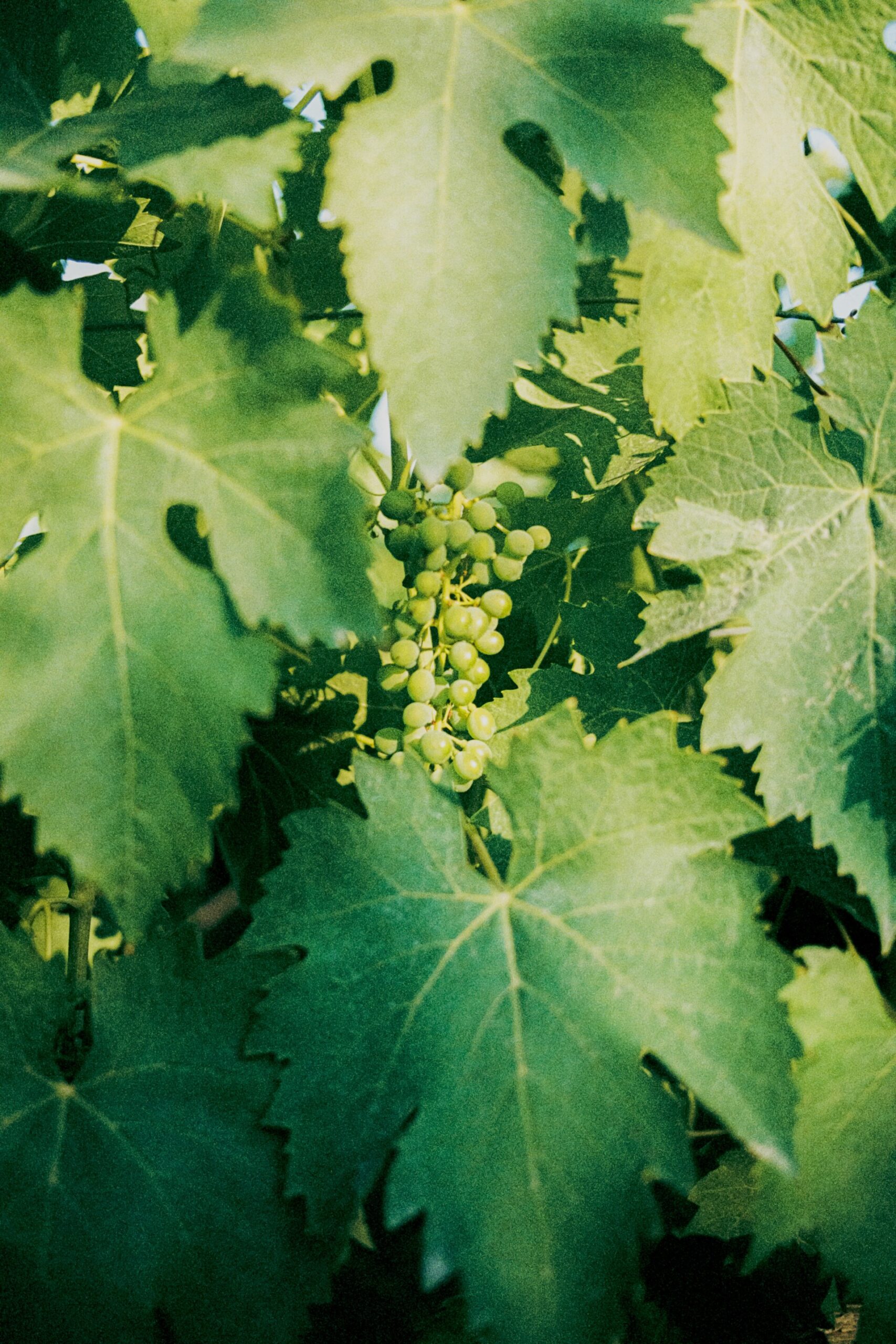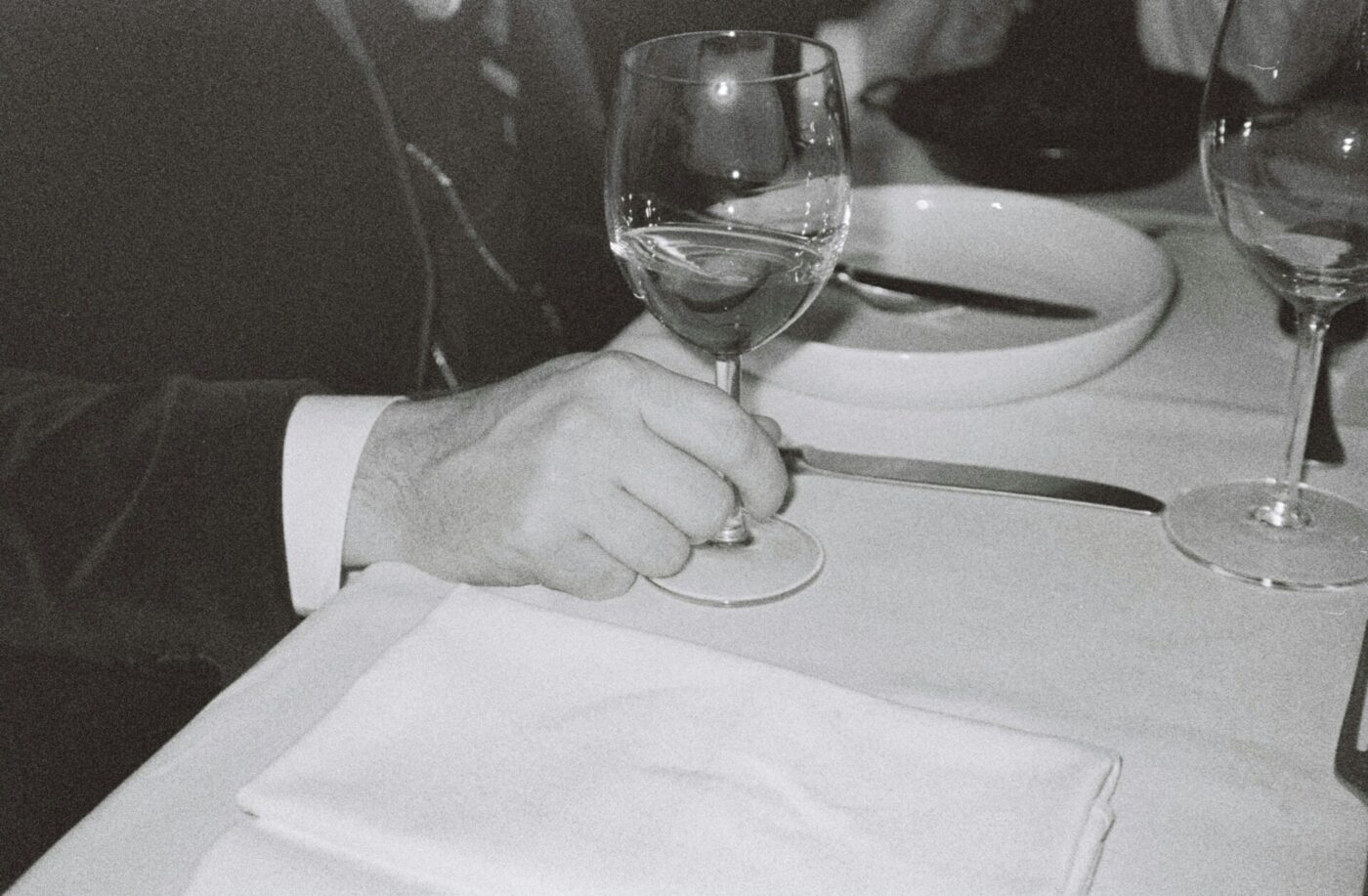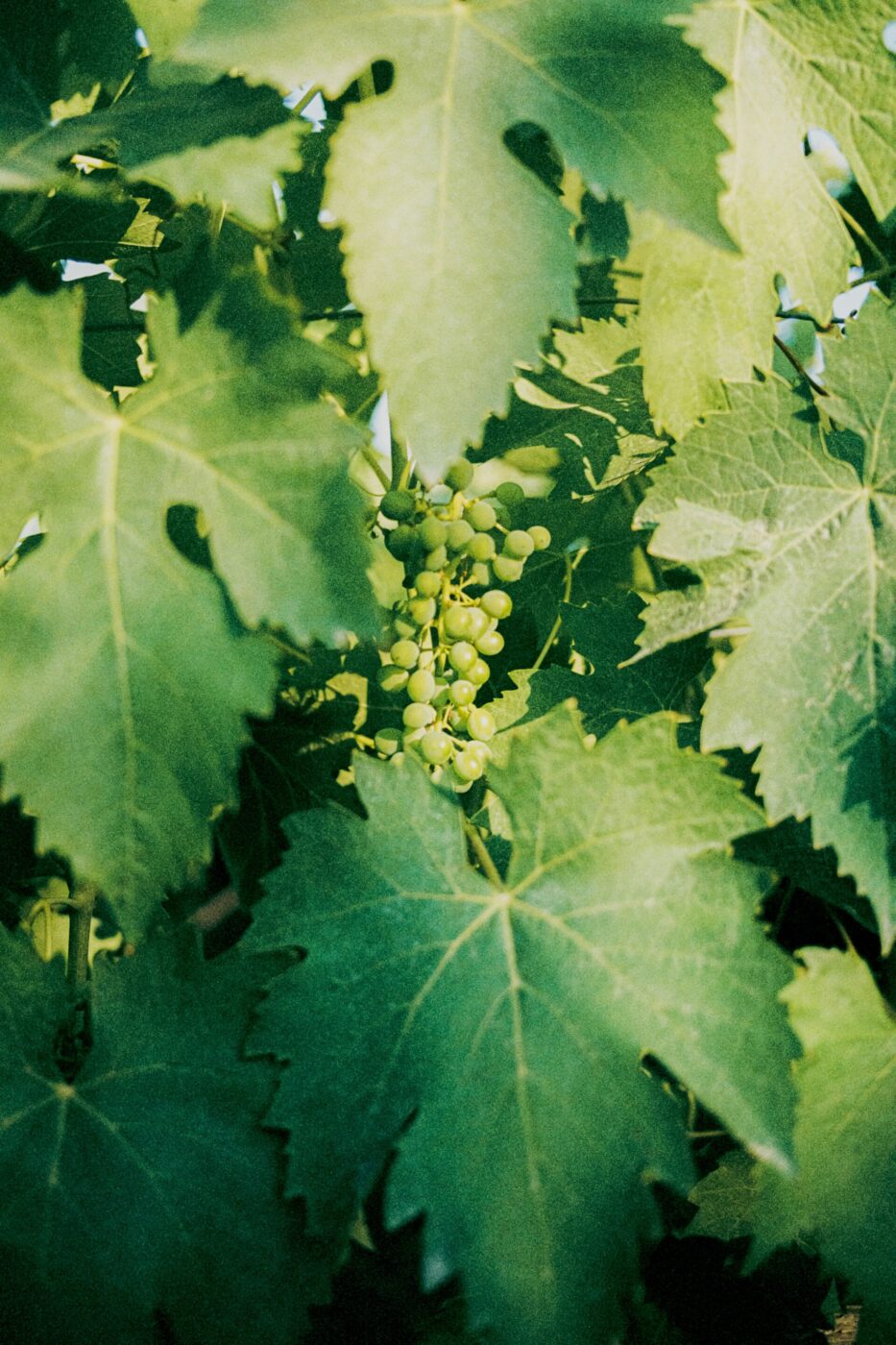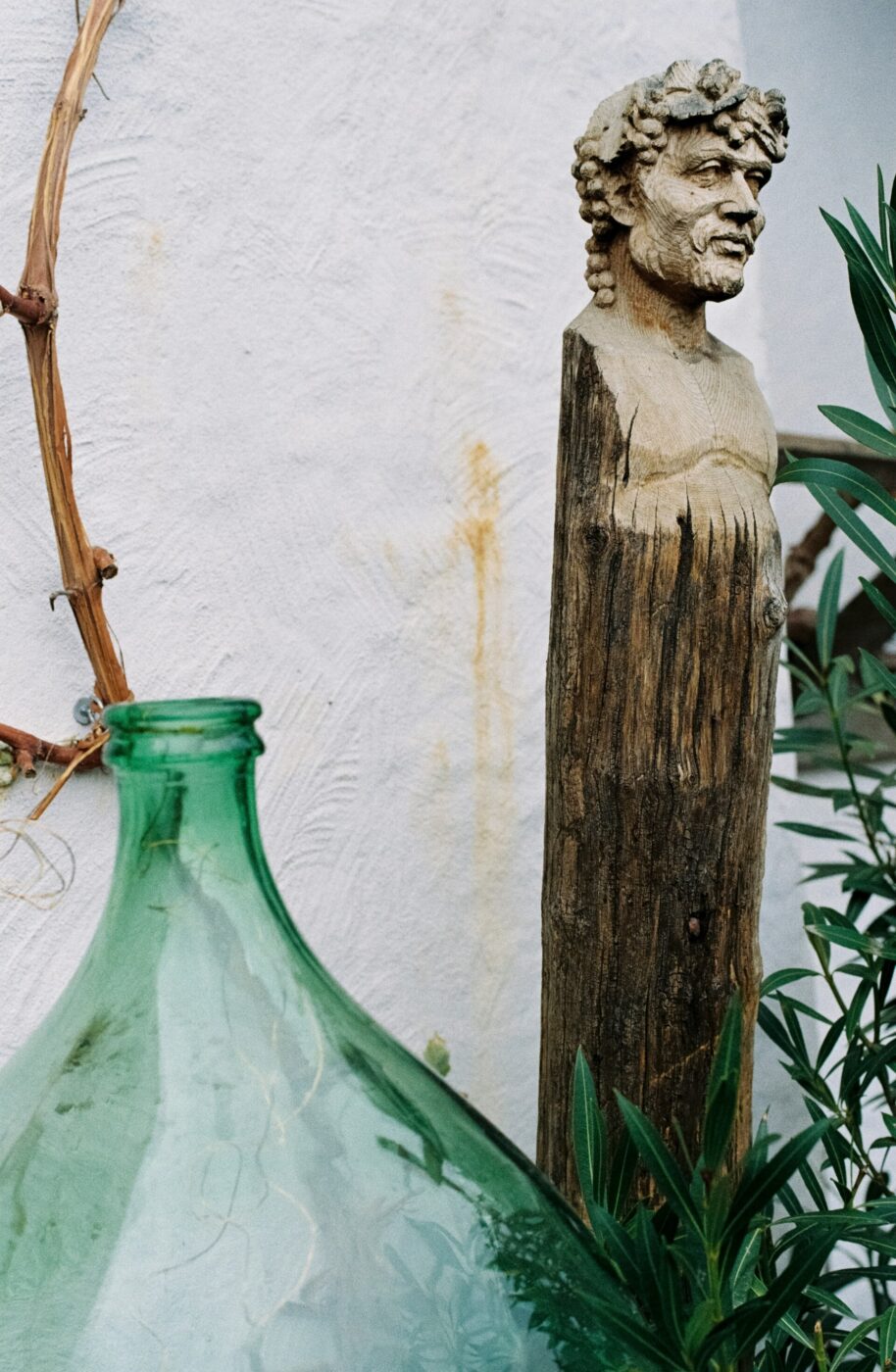In what could only be termed a stark contrast to the light, so-pale-they-are-almost-water wines that summer holidays spent basking on the Puglian coastline call for, the wines from Puglia have gained a reputation as heavy hitters, if you will–red, punchy, and fruit forward. How many of us have wandered into a supermarket looking for a good quality bottle of wine at a reasonable price to take along to a party and grabbed a Primitivo? And when hasn’t it gone down well?
This is, in part, due to the sun-drenched climate of the region that lends itself well to rich red grape varieties such as the aforementioned Primitivo and Negroamaro. But the area is also known for its white grapes like Verdeca and Fiano that produce crisp, white wines that can be drunk all summer long. And indeed, Puglia’s weather contributes to high yields of what could often be called table wines.
The main side effect of the region’s flourishing productivity–combined with the unfortunate (though changing) reputation of the regions of The Far South as poor–has been to dismiss Puglian wines as primitive (pardon the pun). When compared with prestigious and historic appellations such as Barolo, Chianti Classico, and Franciacorta, the viticulture of Puglia can seem like an inferior option. But, coinciding with Puglia’s emerging eminence as a region with a rich and varied culinary heritage, its wines too are finally getting a status beyond “crowd pleasers”.
To put things in context, there are 25 DOC appellations in Puglia (which place the region fifth in number of DOC wines) that act as a guarantee of quality and encompass red, white, and rosati, all of which are worth seeking out. There is also a thriving natural wine scene in Puglia, helped again, in part, by a favorable climate which facilitates the decision to eschew chemicals and let nature do its thing. Because the quality of the grapes harvested in Puglia is, on average, so high, many winemakers follow the belief that it’s best to intervene as little as possible to best display the characteristics of Puglian terroir.
There is an astoundingly large range of grapes cultivated in Puglia. Some of these are internationally used varieties and others unique to the region. Sangiovese, what could be called the workhouse grape of Italy, is widely grown across Puglia, as too are Montepulciano, Chardonnay, and Zinfandel (which is better known in Puglia as Primitivo). And then there are countless other indigenous grapes: Susumaniello, Nero di Troia, Negroamaro, and Bombino Bianco or Nero, to mention just a few. Not many have achieved significant renown beyond Puglian territory; export has mainly focused on Primitivo and (to a lesser extent) Negroamaro. This is a shame. These are fascinating varieties that many believe arrived in Puglia from Greece millenia ago, and the decision to continue cultivating them here is key.

Getting a handle on how much the wines of Puglia have developed has required a little bit of trial and error (poor me). My first proper indoctrination started five summers ago when I spent two weeks in the region. Now I don’t know if it’s just me, but I have a rule: when on holiday, I’m only allowed to drink wines from the region I’m in. The watershed moment was in Lecce about two hours after stepping off the plane in Bari and a drive that I have no intention of repeating any time soon. I needed a pick-me-up to recover, stumbled across a small wine bar, and asked for a (local) rosato. The sommelier brought a rich, pink, perfectly-chilled rosato that had body and substance; I was hooked.
I have written about Puglian rosati before, and so I don’t want to sound like a record on repeat–but, to summarize, over 20 different grape varieties are used in the production of rosati from Puglia. So, while I unfortunately can’t remember what the wine I drank that day was, all that needs to be said is that the myriad of options that it could have been is a reflection of Puglian viticulture’s diversity.
So, as it would be impossible to do a deep dive on all the wines that come from this region, here are seven producers that really stand out to me for painting a veracious picture of Puglian wines:
Guttarolo
The leading light in Puglia’s natural wine scene, Cristiano Guttarolo has carved out a reputation for creating wines with a lightness of touch. His seven hectares near the Basilica border are cultivated naturally with wildflowers and wild herbs left to grow freely among the vines. On account of the elevation of his vineyard, his vines benefit from a cooling breeze from the Adriatic. The result are wines that are delicate with a minerality imparted by the stoney soil. A particular favorite is the Amphora Bianco for which Verdeca and Chardonnay undergo maceration in amphora. It’s an intoxicatingly fragrant wine with citrus on the nose and the most perfectly peachy hue in the glass that you’ll ever see.
Mocavero
Derived from the Arabic word for “warriors”, Mocavero has roots dating back to the early 1900s, with the winery established in 1950. Brothers Francesco and Marco, along with their father Pietro, manage this family project located in the village of Arnesano, Salento. Their estate spans 62 hectares and produces 18 distinct wines, each crafted with an artisanal approach. Their offerings range from well-known grapes like Primitivo and Negroamaro to the lesser-known Verdeca. If you want to go full-on, head for their Cru range, aged in oak barrels; the Rosso delle Padule–a blend of indigenous grapes including Primitivo, Negroamaro, and Malvasia Nera–is superlative.
Cantina Fiorentino
Galatina is arguably one of the most picturesque of Salento’s historic villages. It’s therefore fitting that Cantina Fiorentino is an equally picturesque estate, part of which is formed from another historic vineyard: Cantina Valle dell’Asso. First and foremost here is sustainability. All production is organic, and the team is committed to studying their soil and finding the best viticultural approaches for this slice of land. I have a certain soft spot for their Negroamaro rosato, with its explosion of citrus, orange blossom, and red currant in the mouth.
L’Archetipo
Established in 2010 by Francesco Valentino Dibenedetto and now supported by his four children, L’Archetipo stands as a beacon in the Puglian natural wine scene. Their mission is to harmonize winemaking with the broader ecosystem, prioritizing the environment above all. Wines are crafted using only indigenous yeasts and remain unfiltered. While all their wines are fantastic, a personal favorite is the Verdeca. With its intoxicating golden hue, it evokes the sensation of a late summer sunset in every sip.
Tenuta Macchiarola
Tenuta Macchiarola is located towards the western coast of Salento in the province of Taranto. Domenico Mangione, the current owner, took the reins in 2007 and promptly planted six hectares of Primitivo. In subsequent years, he also introduced Negroamaro, Verdeca, and Fiano to the vineyards. At Tenuta Macchiarola, natural winemaking is paramount. The wines undergo no filtration, fining, or chemical treatments on the vines—it’s pure juice. Their Tippi Rosato Frizzanta is the kind of wine you’d want to sip all day on the beaches of Santa Maria di Leuca.
Rivale
Located a few miles inland of Polignano a Mare, Rivale produces few wines, but does them all exceptionally well. Though they grow grape varieties more commonly associated with France than Puglia–namely Pinot Nero and Viognier–Rivale’s wines do not taste like something you’d find if holidaying in Provence. Instead, they taste wholeheartedly of Puglia. The salinity of the coastal winds and the surrounding wild bush, encouraged to grow freely amongst the vines, contribute to wines that have elegance and complexity, with a spice that reflects the character of the surrounding landscape.
Tenuta Bocca di Lupo
If you’re outside the region, the Puglian wines you’re most likely to find on shelves and in enotecas come from the vineyards of Tenuta Bocca di Lupo. Established in 1998, this small-production, entirely organic, and independent vineyard has led a wine Renaissance in the region, garnering them attention from major labels. Twenty years ago, Antinori invested in this project, which has helped to spread the reach of Puglian wines as well as define their quality on a national and international scale. Located in the shockingly barren countryside of Minervino Murge, within the DOC region of Castel del Monte, the green, rolling vineyards are a contrast to what you typically picture the Pugliese landscape to be. But the flavors of their wines–all made with indigenous grapes like Aglianico, Fiano, Nero di Troia, and Moscato di Trani–are entirely Pugliese.




